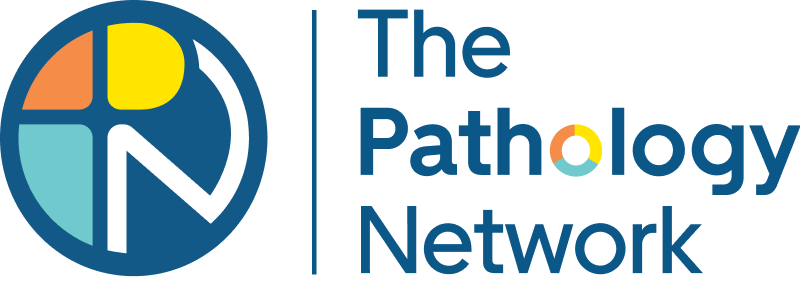
AI and the Future of TPN
Africa faces a severe shortage of pathologists, with 1 pathologist to 1 million people compared to 1 to 25,000 in developed countries. The sad result is delayed diagnoses and poor treatment outcomes. especially for cancer patients.
In 2025 and into the years ahead, TPN will continue exploring innovative ways of bridging this diagnostic gap using artificial intelligence (AI). The diagnostic journey usually begins with the patient experiencing a symptom and ends with their doctor discussing the diagnosis and treatment options. The pathologist’s role lies in the middle, causing a bottleneck when it is inefficient. We envision that AI can be integrated into various points along the patient’s healthcare journey, making diagnosis better, faster and more affordable.
How can AI transform the diagnostic journey?
Patient navigation
African patients lose precious time searching for the right doctor or hospital. Using existing and new data, AI could become a helpful companion in the future.
Clinician decision-making
Keeping track of hundreds of lab tests and how to use the results can be daunting, especially for younger doctors. AI can be a key resource, enhancing safety and improving decision-making.
Workflow management
AI/ML is the perfect tool for coordinating laboratory sample workflow and communication between thousands of patients and their pathologists.
Sample analysis and interpretation
AI image analysis is a game-changer in pathology. Similar to its use in radiology, AI is now able to act as a capable diagnostic assistant to pathologists. We are seeking to provide our partner pathologists with AI tools to help in their diagnostic decision making – improving the speed and accuracy of their pathology reports.



